7 Ways To Dry Out The Ground Under A Mobile Home
Wondering how to dry out under a mobile home? We have gathered some useful information about keeping the area under your mobile home nice and dry. Water under a mobile home can cause damage to the mobile home’s foundation and eventually weaken it. This could make your mobile home lean or tilt to one side. Additionally, your home may develop black mold and mildew due to standing water. It also serves as a breeding ground for mosquitoes and other insects.

How do you dry out the ground under a mobile home?
A crucial element in maintaining the value of mobile houses is to keep the ground underneath them dry. Some of the techniques to keep the ground dry include natural drying, lime, fans, a dehumidifier, and a drain pump. You may also consider changing the grade work and calling the pros.
Water accumulating beneath your house may occasionally be the result of a plumbing issue. The main water lines pass through a crawl space under the mobile home, so any faulty pipes will flood the space. The best course of action is to routinely check the pipes located under the crawl space for leakage.
You may lessen or completely get rid of the dampness underneath your mobile home by using a variety of techniques to dry the area out. It’s time to take action to fix the issue if a pool of water under your property is giving off a musty odor or luring insects and pests. Let’s find out how!
How to Dry Out Under a Mobile Home
Under-home flooding may be caused by low places, dips, or drainage from a nearby slope. In other instances, a badly located gutter downspout could also be the cause of the water under your house.
It’s necessary to dry out any standing water below your mobile home as soon as possible, but it’s even more crucial to identify the source of the water and make sure it’s fixed so that it doesn’t happen again.
Plumbing problems inside the mobile home or neighboring utility lines are the main sources of water under a mobile home. Other potential reasons include improper grade work, living in a flood-prone location, roof runoff that is not diverted by groundwater, high humidity, or gutters in the area around your mobile home. The following suggestions will help you drain the water from beneath your mobile home and prevent it from coming back.
Natural Drying
After being exposed to a water leak, the earth should naturally dry up in a few days if it is only mildly damp. If possible, remove the items from under the mobile home and allow them to dry out under the sun so that air can flow and quickly dry the ground.
Lime
To assist the muddy ground dry up, you can add lime. It is cheap and very efficient to use quicklime or hydrated lime to dry muddy land. It is frequently used by construction workers to speed up the drying of mud after intense storms.
The lime must be applied, combined with the soil, and then compacted in order to work properly. Don’t forget to take safety precautions while using lime because it might burn your skin and irritate it.
Fans
You can use industrial fans if lime or natural drying doesn’t work due to excess water. Industrial fans circulate air and hasten the drying process of the ground. Floor blower fans are specialized fans with a special design that directs airflow precisely to the ground level for quick drying action.
Even though they were created specifically for drying carpet and interior moble home floors, they might still be useful for drying the space under your mobile home. To improve airflow, you might alternatively employ both blower fans and high-velocity industrial fans simultaneously.
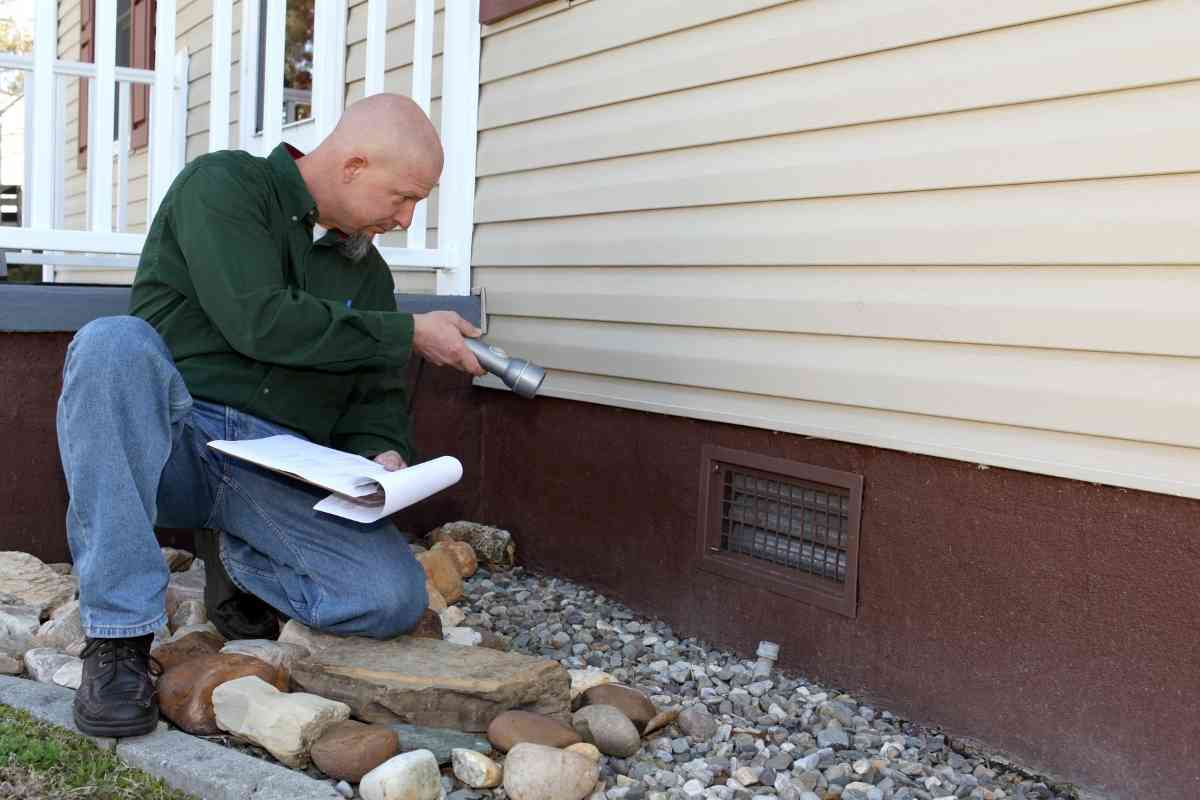
Dehumidifier
A dehumidifier can assist in reducing or eliminating the water in your crawl space before it seeps into your home in locations with high humidity levels or naturally moist ground.
The dehumidifier you need for your mobile home, however, is different from the one you would use inside your house. It is one made for a crawlspace and typically needs to be installed by a qualified waterproofing expert.
Drain Pump
If you have uncontrollable groundwater or ongoing flooding, sump pumps are a smart choice. To keep an eye on your crawlspace, set them up to remove water when a certain level is reached, although extensive setups that incorporate wells and perimeter ditches may require you to hire an expert.
Change Your Grade Work
You might need to seek the assistance of a heavy machine operator to come in and change the grade work on your home site if that’s the problem so that water flows away from your house. Drying out under a mobile home may sound like an expensive task, but in the long term, the damage from mold or rot may be more costly.
Call a Specialist
If none of the aforementioned suggestions are having any effect on the excess water under your mobile home, it is time to call in the pros. Get in touch with a reputable business that specializes in waterproofing basements and crawl spaces. Many provide a no-cost inspection.
They will also be equipped with the information and abilities necessary to evaluate the problem and offer a long-term solution. Additionally, your property will be waterproofed and the crawl space will be dried out using their commercial-grade equipment.
Drying Out Water under a Mobile Home
Find the Source of the Water
The first step is to determine why water is accumulating beneath your property. Use a flashlight to determine the cause and see if there are any leaks or dripping water as you trace along the water pipes. Examine the pipes above any spots where water has accumulated.
The issue could have been caused by a leaking pipe. If your pipes are leaking, hire a qualified plumber to fix them so that water doesn’t pool underneath your house.
Watch the Water Flow
When it rains, water may be leaking under your house from a different location. It’s possible that your home’s gutter downspouts are sending water back under it. If broken plumbing is not the cause of the standing water, precipitation is most likely to be one. Find runoff the next time it rains. Is there a downhill flow of water toward your house? Or is it trickling under your house after dripping from your gutter downspouts? Finding the issue’s root is straightforward but essential.
Turn the Water Around
Take quick steps to reroute the water if the gutter downspouts are the source of standing water under your house. To move the water away from the base of your home, this may entail purchasing downspout extensions. You might need to dig a drainage trench around your house in extreme circumstances.
As you work to dry out your home, start with a straightforward, speedy solution. By ordering and installing downspout extensions, you can divert flood water away from gutter downspouts. The best way to minimize excessive water runoff is via long-term solutions like drainage trenches.
Discharge Any Remaining Water
After taking some short-term steps to prevent water from accumulating under your house, rent a sump pump to remove the standing water. Sump pumps may be submerged in water and will solve the issue quickly.
Use a long hose to move the water to a safe location where it will run away from your property and downward. You don’t want the water to reenter the house, do you? Pump the water to a spot far from your home that is safe using a long hose.
Make sure you aren’t using the sump pump in a position where it might flood a neighbor’s property. Water on your land is under your control. It can be illegal to pump water onto an adjacent property in your district.
Let the Area Dry
Remove as much of the skirting as you can after the water under your home has been emptied out. This will allow the area to dry naturally with improved air circulation. The ground may require several days to completely dry out.
Muddy soil with standing water is unacceptable; whereas, moist or damp soil is. The space beneath your house should dry out in only a few days. It is alright if the soil is still wet, but there shouldn’t be any muddy areas or stagnant water.
Putting up a Moisture Barrier
Spread plastic sheeting over the ground beneath your mobile home to create a vapor barrier. Water won’t be able to penetrate this barrier and damage your home’s piers and foundation by seeping into the soil.
This moisture barrier should be applied in a single layer to the ground beneath your house. Overlap separate plastic moisture barrier sheets by 12 inches where they intersect. As a result, the ground below won’t become stopped with water from seeping in between the sheets.
Excavate a Drainage Trench
One of the greatest repairs is to build a drainage trench around your home, with one arm of the trench running off downhill. The best way to go about it is by building a drain that is lined with gravel and filled with perforated pipe.
It will gather water and transport it downward. To ensure efficient drainage, you must make sure the trench is sloping. Stop the drain far enough away from your house to be safe or more away from the mobile home’s foundation.
Finish the drainage trench at a dry well or a secure runoff place. This way, rainwater from any direction will be collected. Gutter downspouts should also be directed to empty straight into the trench.
Dig an arm of the trench that dumps the water at a secure location downwards on the downhill side. You might also route your trench toward a dry well that safely disperses the water underground.

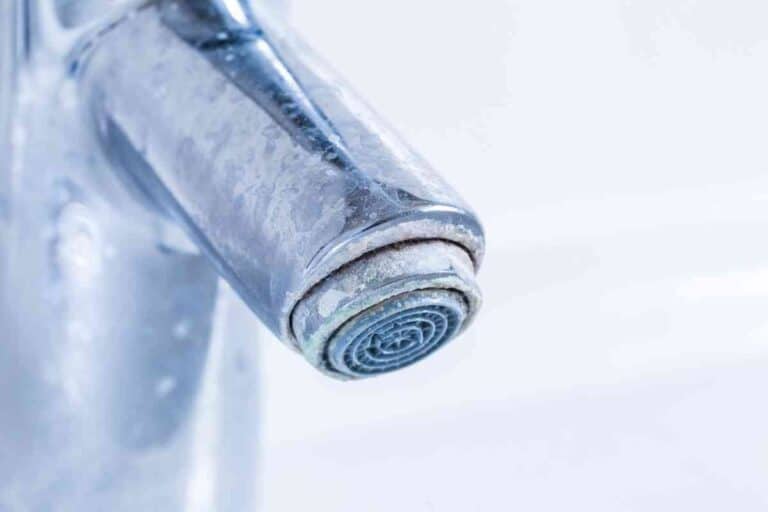
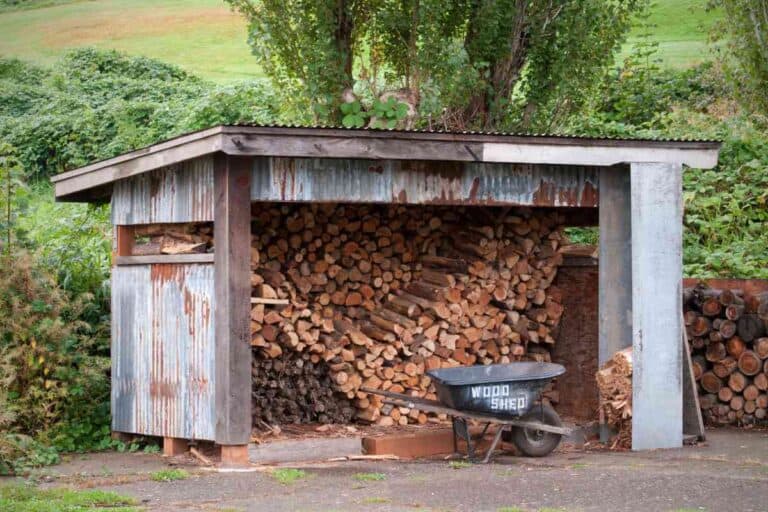

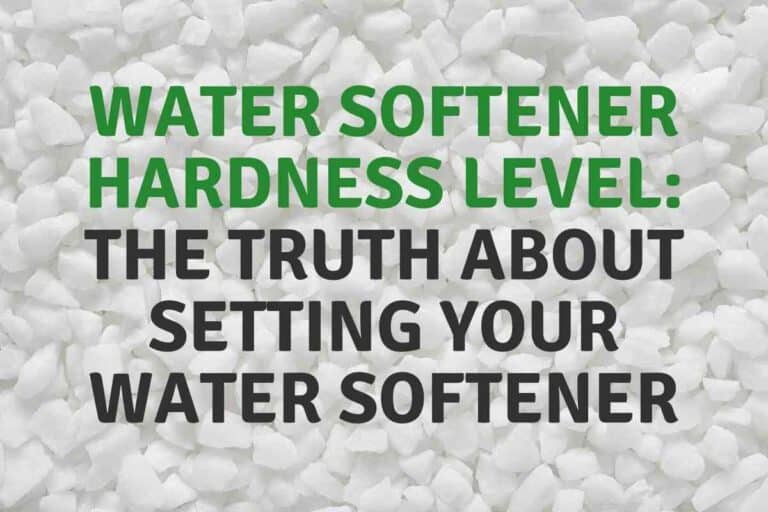
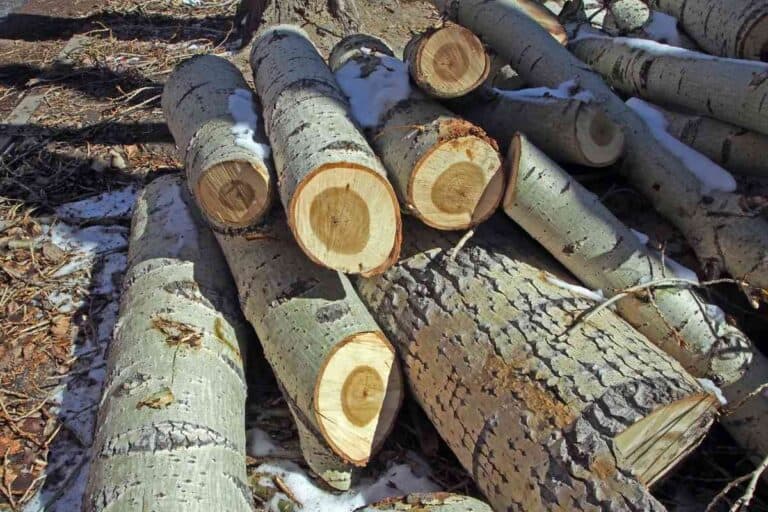
![Are Log Cabins High Maintenance? [Tips For A Long Life!]](https://freedomresidence.com/wp-content/uploads/2022/05/Are-Log-Cabins-High-Maintenance-1-768x512.jpg)